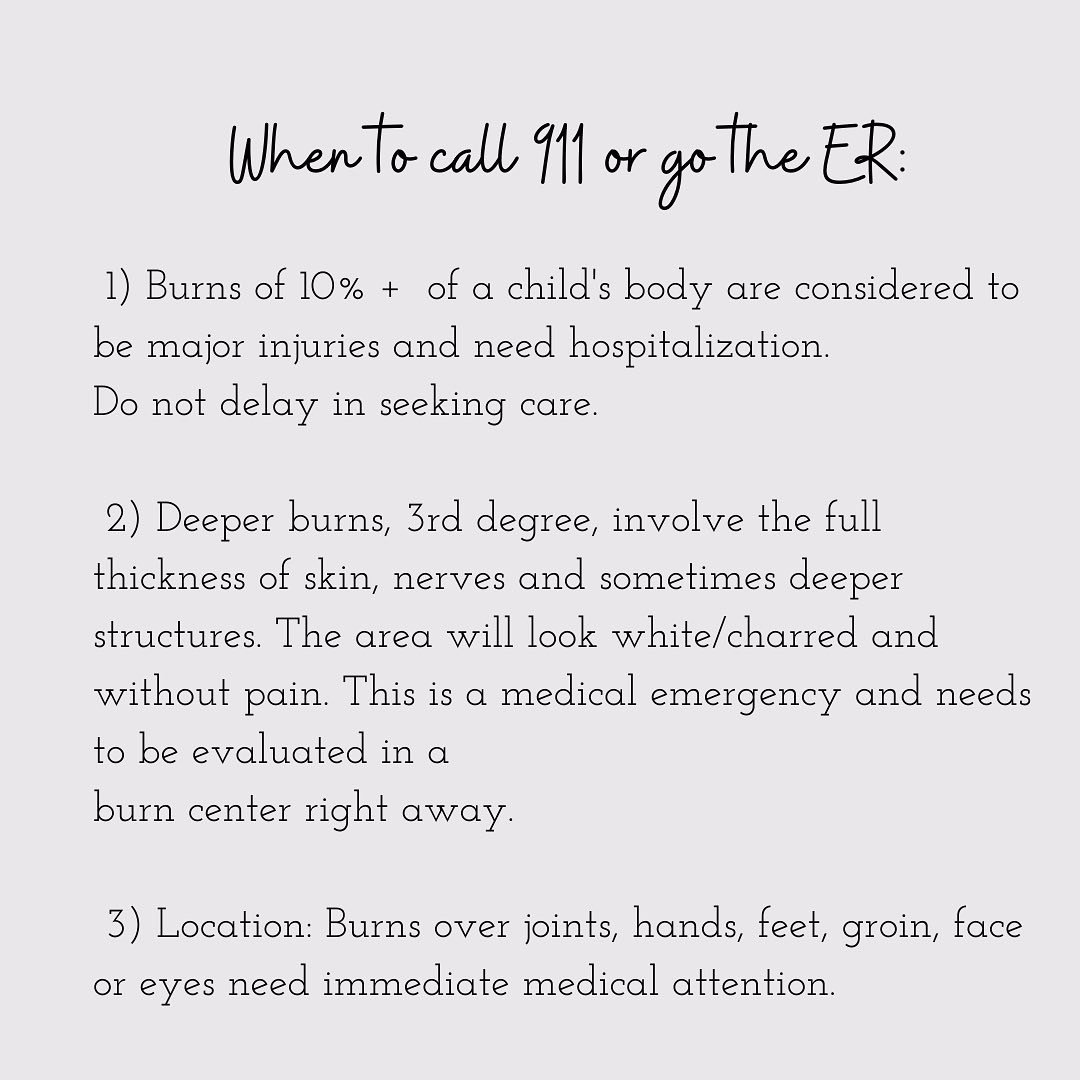Burn prevention and treatment tips for kids
It’s that time of year. Plenty of time spent cooking in the kitchen for the holidays and parties. Little helpers eager to jump right in and cook with you! Not to mention soups, hot teas, bonfires and hot chocolate! All of these cozy things are part of the season and should most certainly be enjoyed by the whole family! But with all of these hot liquids, fires and pans around burns can happen.
Most common types of burns:
1) First-degree (superficial) burns affect only the outer layer of skin. The site is red, painful, dry, and with no blisters. Think mild sunburn for example.
2) Second-degree (partial thickness) burns involve the outer layer and part of the next layer of skin. The burn site appears red, blistered, and may be swollen and painful.
Ok so the burn happened, because let’s be honest, children always find ways to get hurt. What do you do now?
To treat minor burns in children
1) Remove any clothes from the injured area.
2) Immediately run cool water over the wound for at least 10 minutes. You can also put a clean, cool wet cloth on the burn for several minutes or until pain subsides — you’ll probably need to continue re-wetting the cloth to keep it cool.
****Do NOT apply ice, butter or powder to the injury since this could aggravate it. And do NOT break (or even rub) any blisters since this makes the wound more vulnerable to infection****
3) Gently pat the skin dry. Loosely cover the area with a nonstick sterile bandage to protect the skin.
4) Give your little one a pain reliever. You can give her acetaminophen or, if she's older than 6 months, ibuprofen.
5) Ask for help. Your pediatrician or House Calls for Kids Provider may recommend applying an ointment (OTC or prescription) for treating a burn, but minor burns usually heal without much treatment.
6) Monitor for signs of infection — redness, fever, swelling.
7) Protect area from sunlight for several months to prevent skin from becoming discolored.
Hope this helps you keep it safe and cozy around the house this holiday season! Should a burn happen we are here for you. A telemedicine visit is a great way to evaluate a burn and get a plan of care in action.


